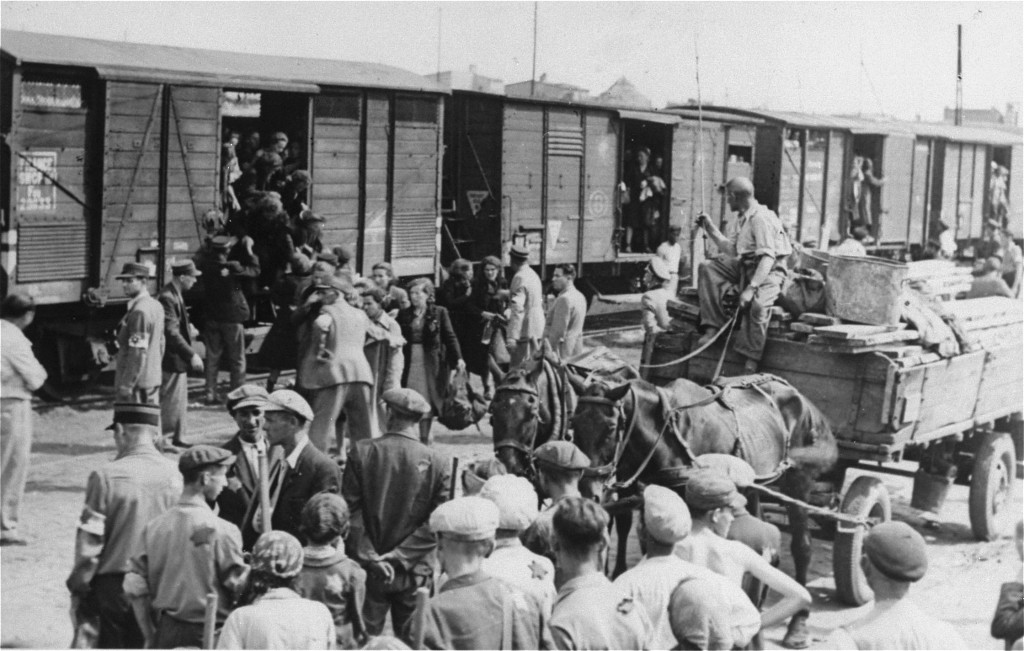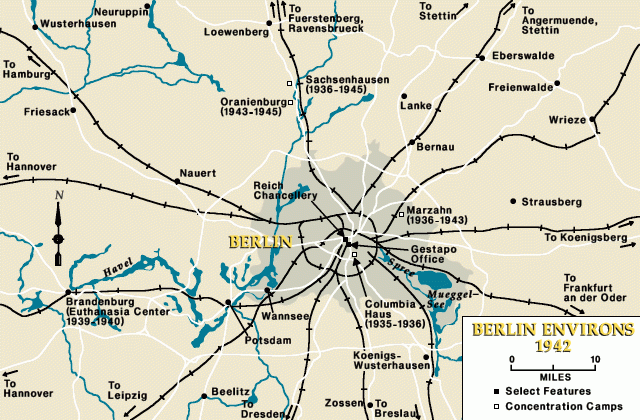
The Wannsee Conference and the "Final Solution"

On January 20, 1942, fifteen high-ranking Nazi Party and German government leaders gathered for an important meeting. They met in a wealthy section of Berlin at a villa by a lake known as Wannsee. Reinhard Heydrich, who was SS chief Heinrich Himmler's head deputy, held the meeting for the purpose of discussing the "final solution to the Jewish question in Europe" with key non-SS government leaders, including the secretaries of the Foreign Ministry and Justice, whose cooperation was needed.
The "Final Solution" was the Nazis' code name for the deliberate, carefully planned destruction, or genocide, of all European Jews. The Nazis used the vague term "Final Solution" to hide their policy of mass murder from the rest of the world. In fact, the men at Wannsee talked about methods of killing, liquidation, and "extermination."
The Wannsee Conference, as it became known to history, did not mark the beginning of the "Final Solution." Since the German invasion of the Soviet Union in June 1941, Einsatzgruppen, often referred to as “mobile killing squads,” had been murdering Jews in the occupied Soviet territory. The Germans had already begun experimental gassings at Auschwitz. The Chełmno killing center was already in operation and was the first Nazi camp to use poisonous gas for murdering Jews.
Rather, the Wannsee Conference was the place where the "Final Solution" was formally revealed to non-Nazi leaders who would help arrange for Jews to be transported from all over German-occupied Europe to SS-operated killing centers ("extermination" camps) in occupied Poland. Not one of the men present at Wannsee objected to the announced policy. Never before had a modern state committed itself to the murder of an entire people.

